Air Quality Testing
- Home
- Air Quality Testing
Air Quality Testing
Featured Air Quality Testing Listings
Browse Air Quality Testing Companies
Air Quality Testing Ireland
Air quality testing in Ireland is there to safeguard public health and monitoring environmental conditions across the country. In recent years, Ireland has aligned its air quality standards with EU directives, implementing rigorous testing methods to ensure compliance and protect its citizens. The Environmental Protection Agency (EPA) employs a network of sophisticated monitoring stations that continuously measure key pollutants such as particulate matter, nitrogen dioxide, and ozone. These state-of-the-art systems provide real-time data, allowing authorities to swiftly respond to any concerning trends or sudden spikes in pollution levels. The impact of poor air quality on public health cannot be overstated, with respiratory issues and cardiovascular diseases directly linked to prolonged exposure to pollutants. As a result, the Irish government has intensified its efforts to improve air quality, recognizing that clean air is not just an environmental concern but a fundamental right for all residents.
Recent trends in air quality across Ireland reveal a complex picture, with significant variations between urban and rural areas. Major cities like Dublin and Cork face greater challenges due to higher population densities and increased traffic congestion, often recording higher levels of nitrogen dioxide and particulate matter. In contrast, rural areas generally enjoy better air quality, though they are not immune to pollution from agricultural activities and domestic fuel burning. Industrial zones, particularly those with heavy manufacturing or power generation facilities, remain hotspots for potential air quality issues. However, stringent regulations and improved technologies have led to gradual improvements in these areas. The EPA’s latest reports indicate a generally positive trend in Ireland’s air quality, with most areas meeting EU standards. Nevertheless, localised issues persist, highlighting the need for continued vigilance and targeted interventions to ensure all Irish citizens can breathe clean, healthy air.
Latest Air Quality Testing Listings
Dalton Acoustics Ltd. 
- (01) 424 2405
- Unit A3 JFK Trading Centre
- Acoustic Consultants
-
+2 Acoustic Products, Air Quality Testing
Top Spray Foam Installation
- (087) 619 7433
- Tinacross
Art of Air
- (021) 2340251
- 30 Oakdene
